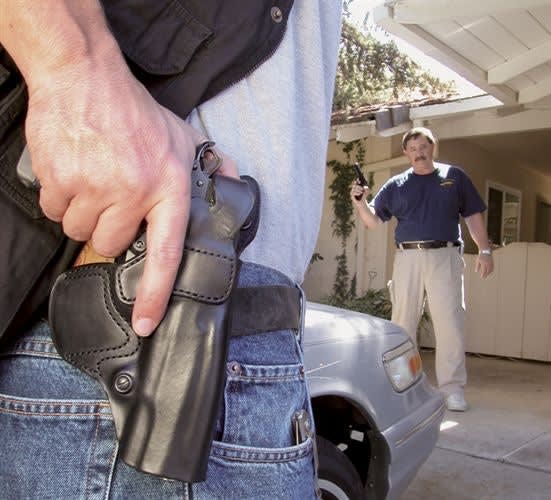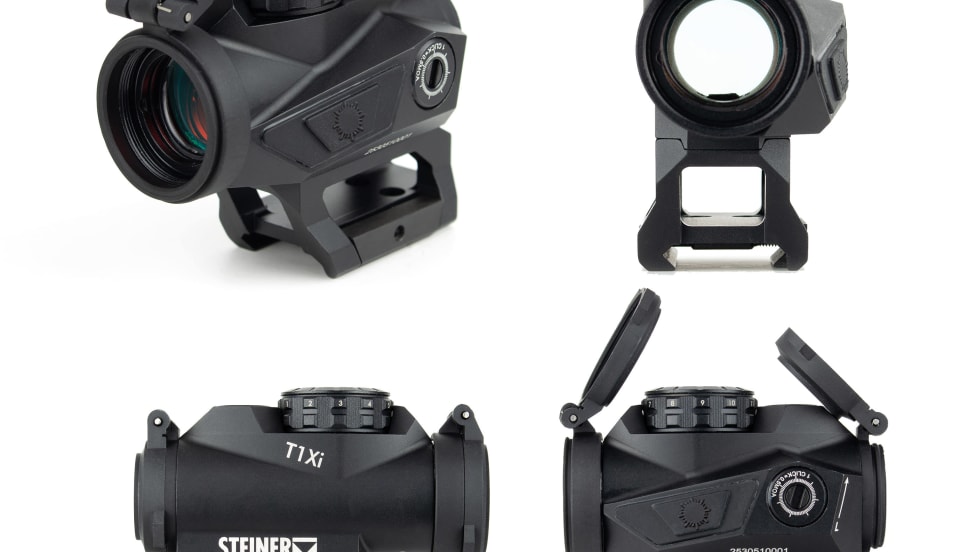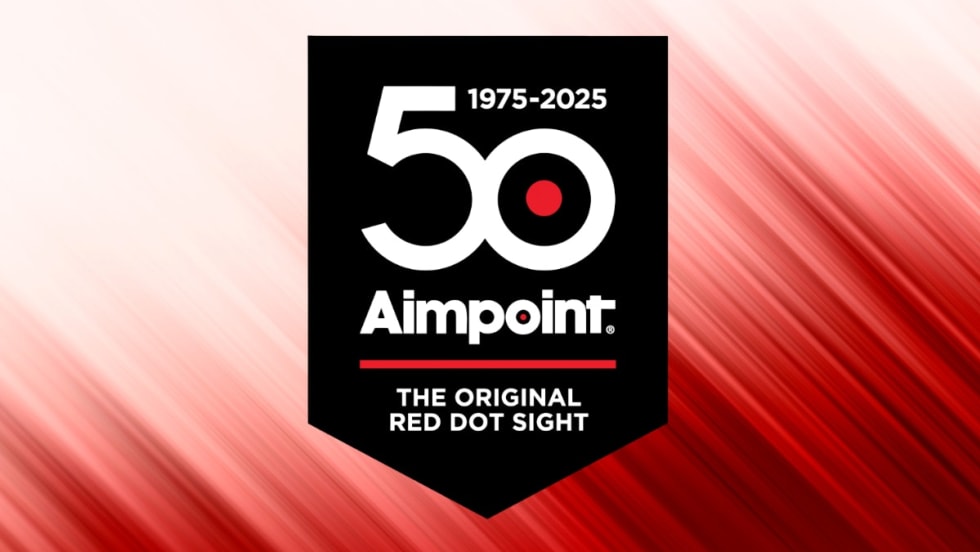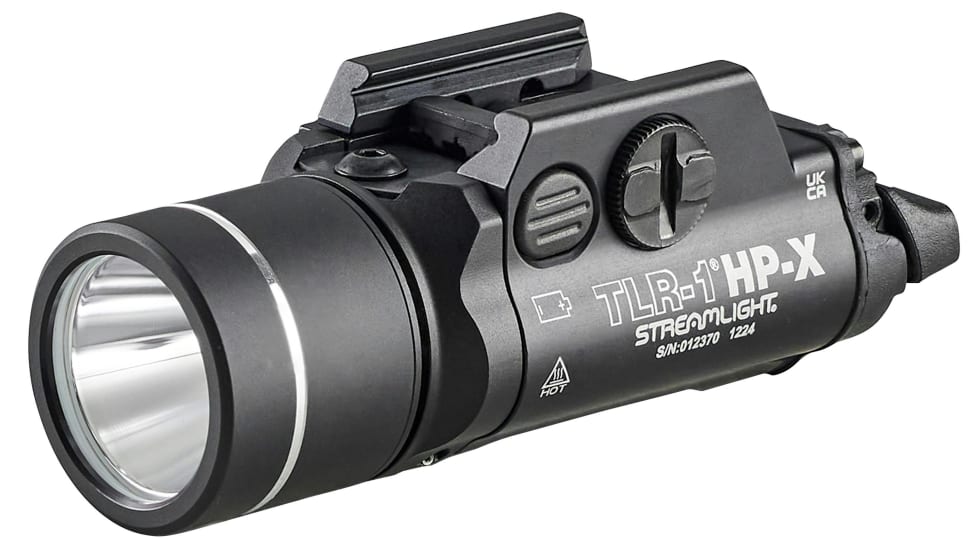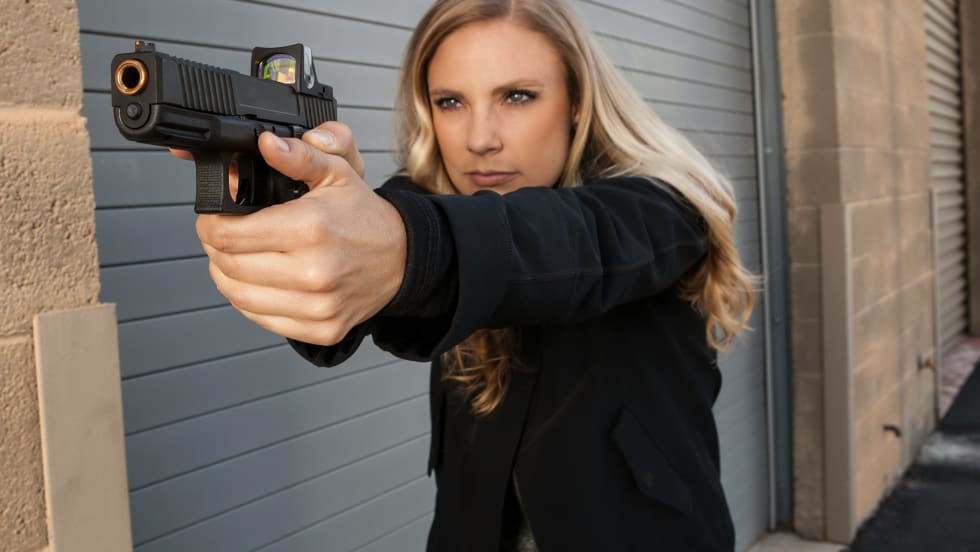Out of the corner of my eye, off to my left, I caught the flash of a shadow moving along with us. Too late now, the shadow materialized into the form of a young guy, about 18, holding a tire iron in his right hand. His buddy, to his left and slightly in trail, said, "Give me your money."
Boxed in and left with just one choice, I reached for my department-issued Smith & Wesson Model 66 revolver, which was secured to my belt with an old, belt slide, thumb snap holster. Yes, it was a long time ago; yes, we were issued revolvers; and no, movies weren't still being called "magic lantern shows."
I swept back the right side of the jacket I was wearing, grabbed the Model 66, drew it, and commanded the mugger to drop his weapon. You have never in your life seen anyone drop a tire iron so fast.
After hours of paperwork and interviews, the bad guys were charged with attempted armed robbery and carted off to county jail. I never saw my date again. Guess she didn't like the movie.
Things changed that day for me. I learned that you must be aware of your surroundings at all times. You must know your equipment and keep it in good, serviceable condition. And you must practice draw techniques under a variety of conditions.


